Toyota bZ4X Receives a Major Update in North America, Showing the Benefits Learned from Chinese EVs
 JohnMay 15, 2025, 02:57 PM
JohnMay 15, 2025, 02:57 PM
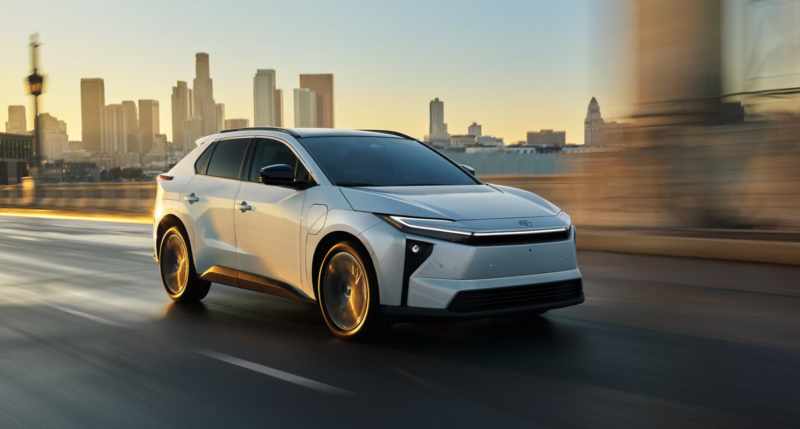
【PCauto】 On May 14, 2025, Toyota officially launched the revamped bZ4X in the North American market, rebranding it simply as the Toyota bZ. This changed name not only makes the vehicle easier to be remembered but also signifies substantial upgrades.
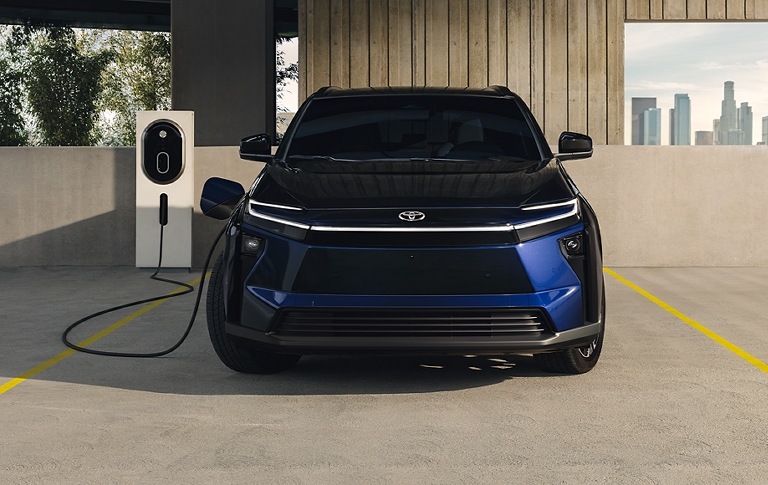
Indeed, the Toyota bZ presents significant enhancements in design, technology, and performance, drawing parallels to the recent advancements seen in Chinese electric vehicles. It appears that Toyota has gleaned insights from this global electrification wave. The design is more futuristic, and the powertrain is notably more robust.
From a design perspective, the Toyota bZ features a refined and modern aesthetic. The optimized front end includes sharp LED headlights and a more aggressive front bumper intake, resulting in a visually striking front fascia.
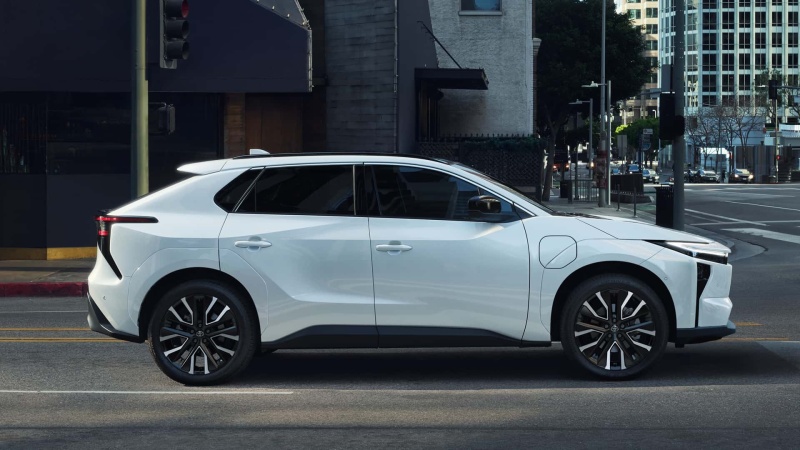
Newly designed 18-inch and 20-inch alloy wheels offer consumers additional choices and further enhance the vehicle's visual appeal.
While the side profile has not changed dramatically, the return of wheel arches painted in the same color as the body lends a more cohesive and elegant look. Additionally, the charging port is conveniently located on the front fender, and the enhanced front and rear spoilers demonstrate subtle details in the vehicle’s design.
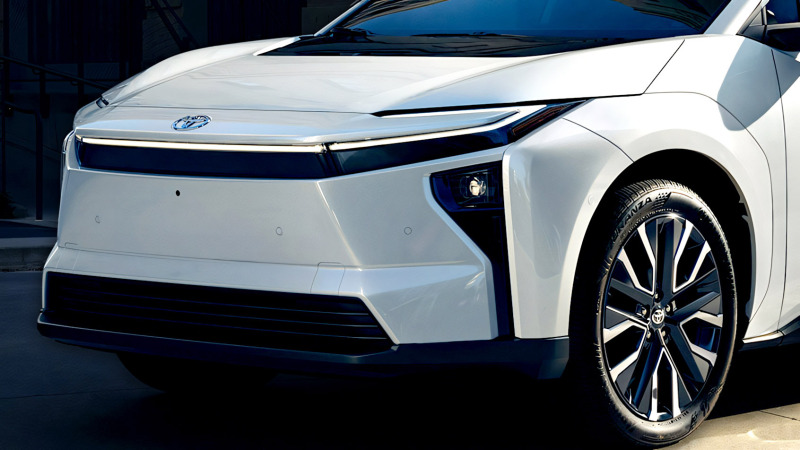
In terms of interior, the Toyota bZ boasts a standard 14-inch infotainment display across the entire lineup, significantly elevating the technological feel of the cabin. This approach resembles the trend in Chinese electric vehicles, which often feature large central touchscreens for a more convenient and intuitive user experience.
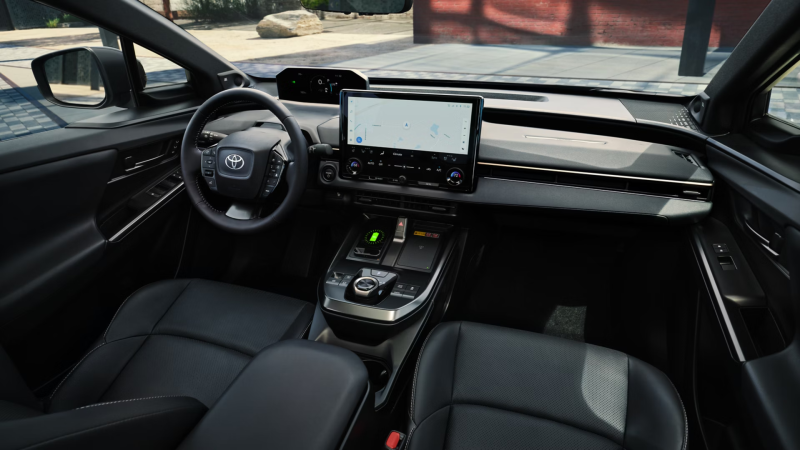
The bZ also retains the long-distance instrument cluster design that I personally appreciate. This layout, reminiscent of French cars, may seem unusual but offers a user-friendly experience where drivers need only slightly shift their gaze from the road to view vital information.
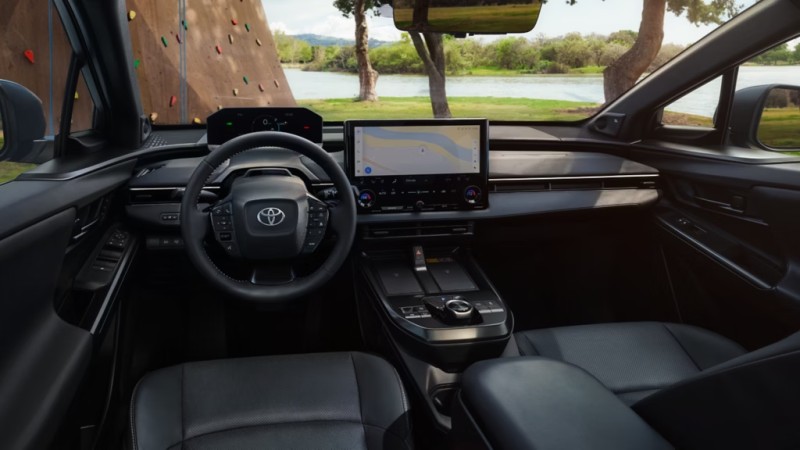
The addition of dual wireless chargers and 64-color adjustable ambient lighting further enhances convenience and comfort inside the vehicle. The clean design of the center console, along with increased storage options and the layered functional design below, reflects an emphasis on user experience.

On the technical front, the improvements in the Toyota bZ are noteworthy. As a model launched in North America, it features the North American Charging Standard (NACS) port and supports plug-and-charge functionality while optimizing charging efficiency. The new battery preconditioning feature supports an increased AC charging power of up to 11kW.
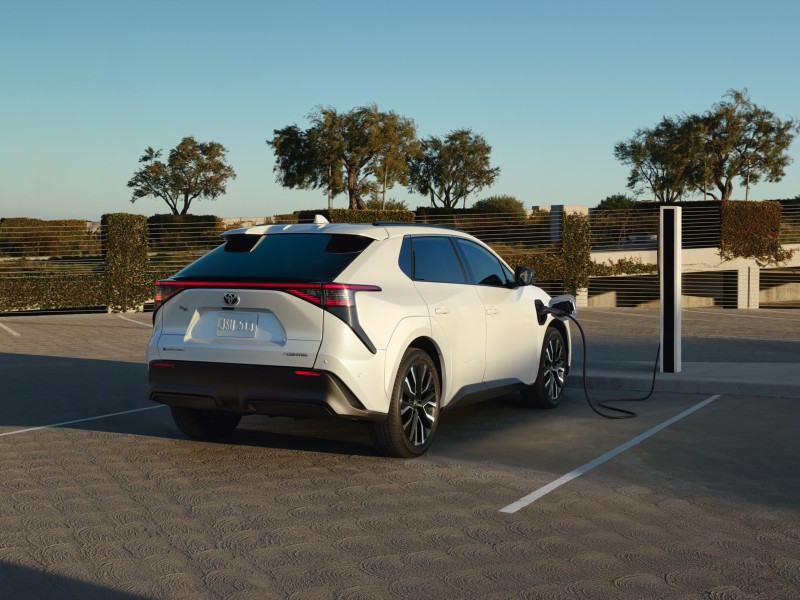
In terms of safety technology, the standard Toyota Safety Sense 3.0 includes lane-keeping assist, radar cruise control, and a suite of active safety features. The Limited version also adds traffic jam assist and a 360-degree camera system.
In terms of performance, the Toyota bZ shows improved power outputs. The dual-motor all-wheel-drive version delivers a total of 338 horsepower, while the front-wheel drive variant produces 221 horsepower, both showing significant increases compared to the previous model.
The all-wheel drive model can accelerate from 0 to 60 mph (approximately 96.56 km/h) in just 4.9 seconds, while the front-wheel drive version takes 8.0 seconds.
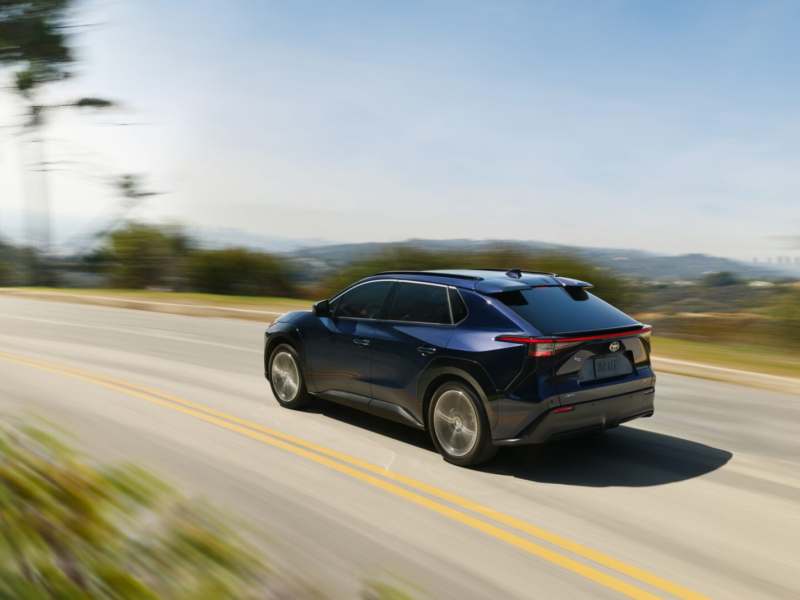
In terms of range, the bZ sees a 25% increase over the old bZ4X, with the model equipped with a 74.7kWh battery expected to travel up to 505 km on a full charge. However, the base front-wheel drive model features a 57.7kWh battery, offering a range of 380 km, which still feels somewhat limited. Perhaps the base version is merely aimed at lowering the entry price for the bZ.
The Toyota bZ is beginning to strengthen its powertrain, trying to enhance competitiveness since many electric vehicles from China boast 0-100 km/h acceleration times of under five seconds, including some plug-in hybrids.
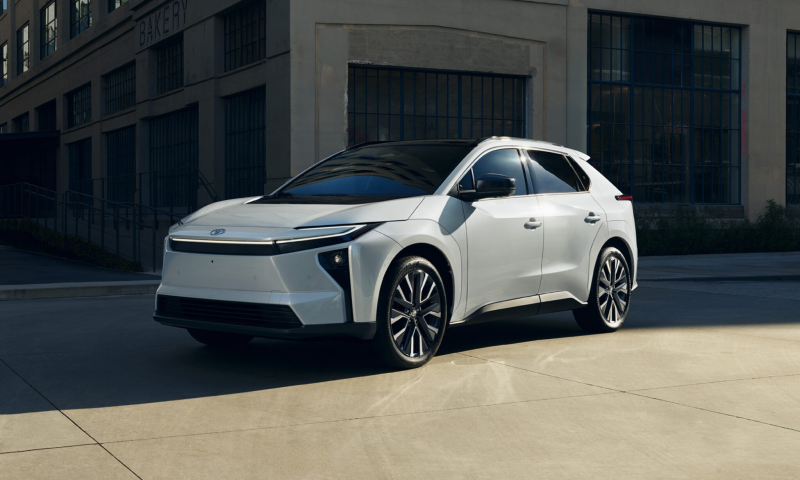
Nonetheless, it seems that the Toyota bZ has learned some valuable lessons from its Chinese counterparts, offering a larger central screen, faster charging speeds, longer range, and stronger power compared to the previous bZ4X. However, it still falls short in many areas. Without Toyota’s established name, the current bZ might not present a compelling reason for purchase. Whether the Toyota bZ will eventually launch in China remains to be seen, as this will likely depend on its sales performance in either China or North America—Toyota has always been cautious in its approach.
If any infringement occurs, please contact us for deletion
Trending News

BYD Sealion 7 is not only cheaper than Tesla Model Y, what other differences do they have?
Is it better to buy the BYD Sealion 7 or the Tesla Model Y? This really makes one a bit hesitant, but before you make a decision, I recommend you take a good look at this article.

2026 Toyota Hilux Travo released, the brand-new exterior and interior are highly anticipated
If you're considering buying a Hilux, honestly, the comprehensive innovations in the ninth generation are worth waiting for. While the current model might still have some advantages in terms of reliability and price, the new model offers significant changes in terms of exterior and interior luxury, tech features, and powertrain options.

Toyota Land Cruiser FJ did not disappoint, the most anticipated civilian off-road vehicle is back.
Since its birth in 1951 under the name Toyota BJ, the Land Cruiser series has accumulated sales of approximately 12.15 million units in over 190 countries and regions worldwide, becoming a global off-road icon spanning more than 70 years.

In Malaysia, which sliding door MPVs are available?
The numerous advantages of sliding door MPVs make many people fond of this type of vehicle. However, MPVs are not a mainstream choice in the car market, so many people might not know which MPVs are available domestically.

Should I choose the top-tier Toyota Corolla Cross, or the entry-level Fortuner?
Should we spend more money on a compact SUV, or add a bit more to buy a larger SUV? Although for many families, the 20,000 MYR price difference is not a small amount, considering that the number of family members may increase in the future, choosing a more practical and spacious car can save the trouble and cost of replacing a vehicle later on.
Popular Cars
Model Year
Car Compare
Car Photo

